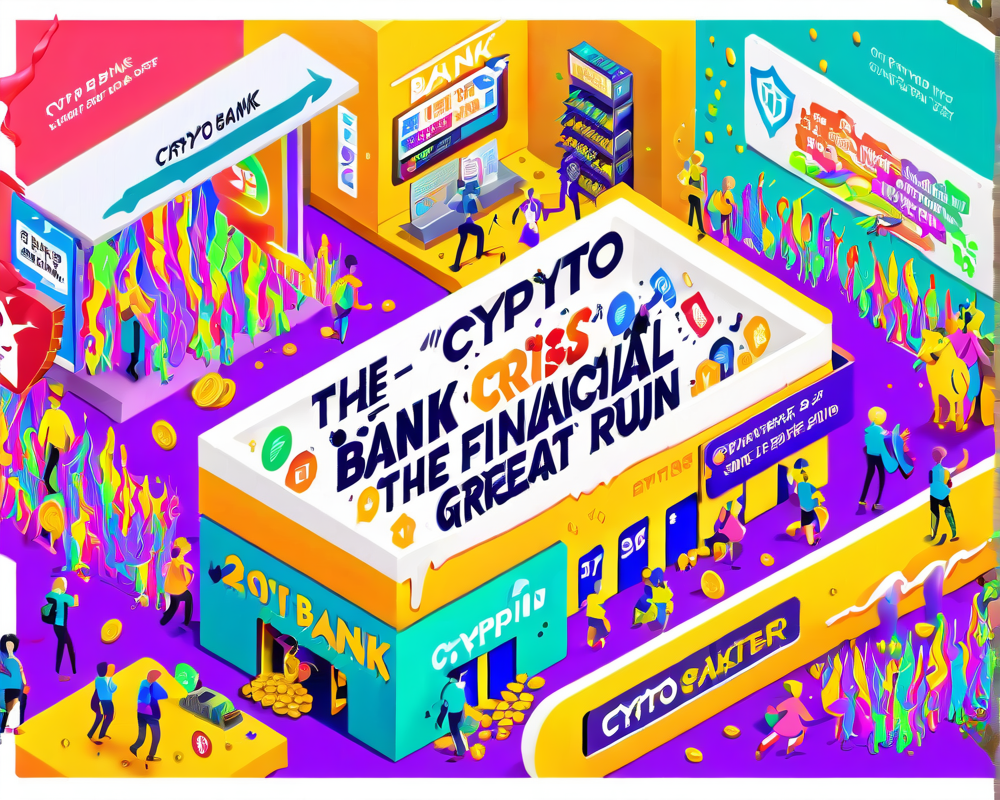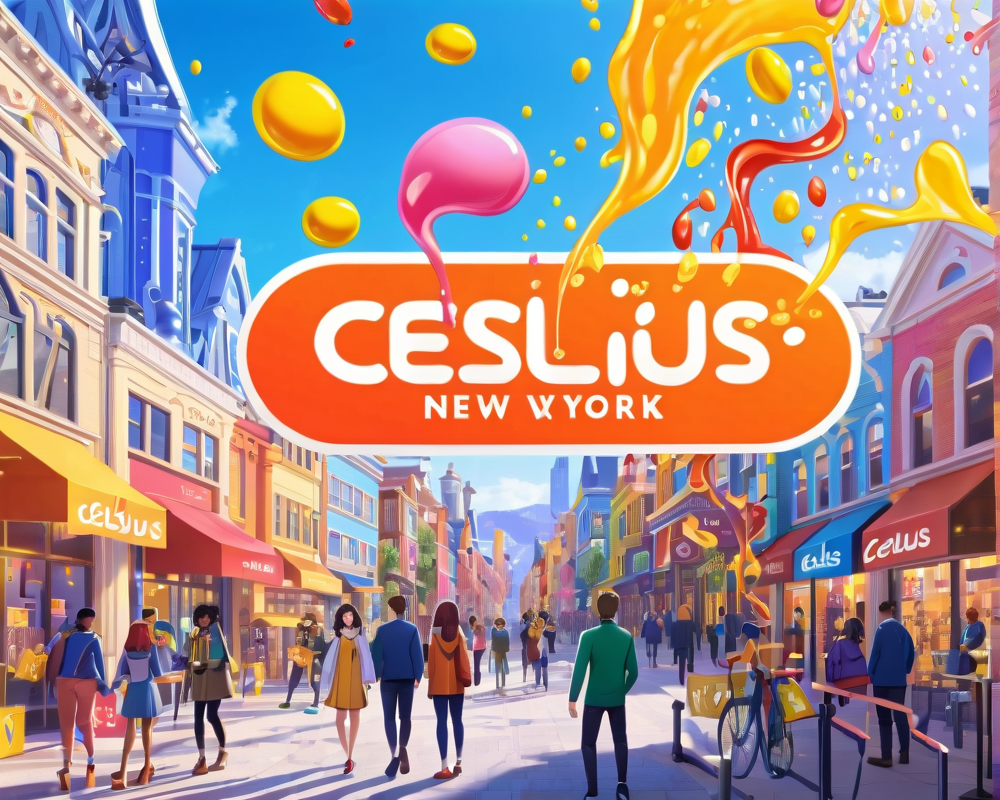Understanding the Proposal
A proposal surfaced on June 12 that has ignited a fiery debate in the realm of decentralized finance (DeFi). According to Gauntlet, the brains behind the financial modeling supporting the proposal, it aims to prevent a specific Ethereum address from racking up more debt. This address, believed to be owned by Michael Egorov, the founder of Curve, holds a staggering $67.7 million in debt across the lending platform AAVE. Now, how did we get here?
Debt Details and DeFi Drama
The Ethereum address in question has used a whopping $185 million worth of Curve tokens as collateral, stacking up debt with USD Coin (USDC) and Tether (USDT). As outlined by Gauntlet, there’s a real concern about a potential liquidation if the value of Curve tanks. Imagine the scene: with recent liquidity woes plaguing CRV, the chances of finding buyers for a massive liquidation seem slim to none.
Voices from the Forum
The AAVE forum is crackling with opinions. Supporters of the proposal argue that accumulating such an outrageous amount of debt is sheer lunacy. A user known as “AAVEBull” argues that it looks like Egorov isn’t planning to pay back his debts, while others, like pray.eth, suggest that the owner could just think CRV’s a total steal right now and is doubling down. Talk about a high-stakes poker game!
Neutrality vs. Control: The Core of DeFi Ethos
Foundations of debate formed around the essential principle of neutrality in DeFi. As Marc Zeller, an AAVE forum stalwart, pointed out, “the intention of users or what they do with their funds is not our primary concern.” It raises an important question: should users be allowed to pursue their financial futures even at the expense of others in the ecosystem?
The Next Steps for the Proposal
Currently labeled as a “recommendation” as of June 16, the proposal has not yet been transformed into a formal AAVE Improvement Proposal (AIP). There’s still time for the debate to simmer further. What awaits this community, in the face of evolving conversations around censorship, is anybody’s guess.
The Bigger Picture: Censorship in Blockchain Ecosystems
Participants in the blockchain space are constantly grappling with issues of censorship. Just this year, a conversation unfolded about the implications of blacklisting addresses and what it means for the future. The balance between allowing freedom of transaction while managing ecosystem risks presents a unique challenge. As we navigate these murky waters, could we be staring down the barrel of another crisis in the making?




